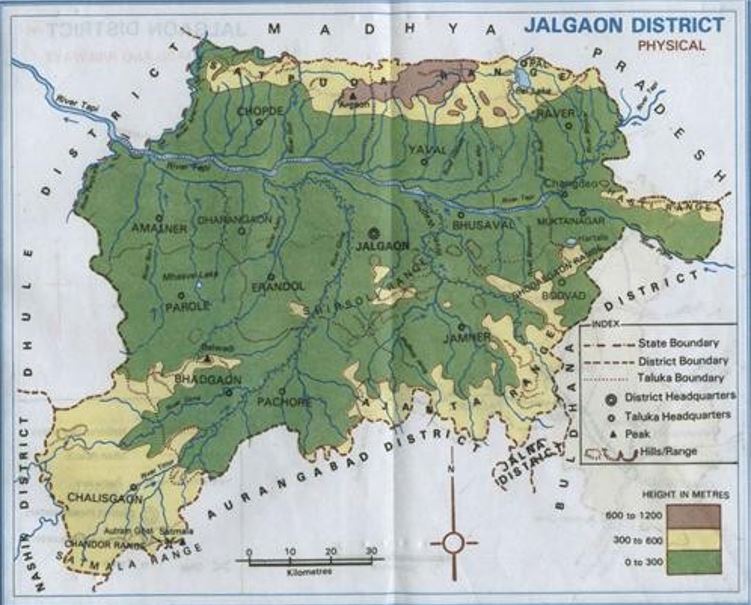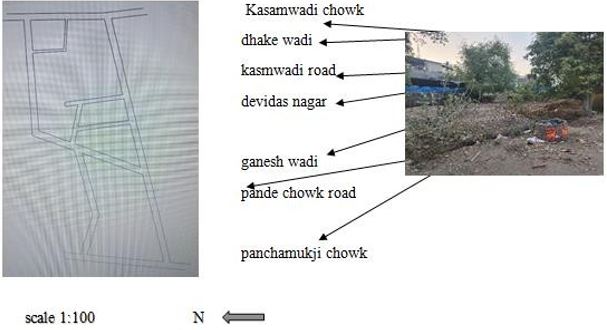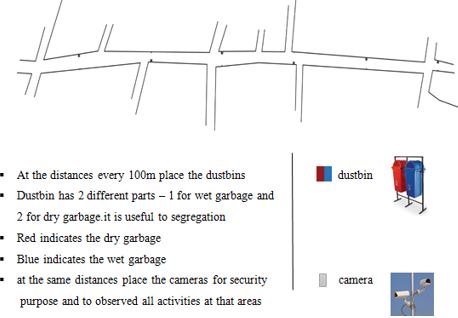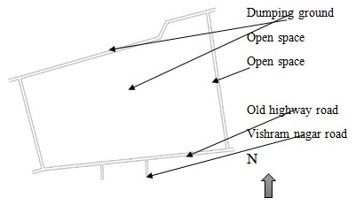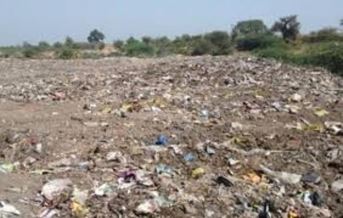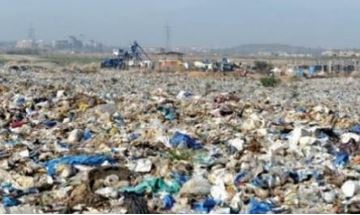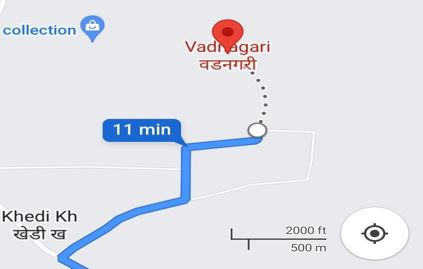Quality of Life in Residential Area-Waste Management
Kale J1*
DOI:10.54741/asejar.1.6.5
1* Jayshree Kale, Student, Department of Civil Engineering, Sandip College, Nashik, Maharashtra, India.
The aim of this study is to quest the quality of life of people in a residential environment in order to determine their level of health and well-being. Quality of life is normally taken to mean the general well-being of people and the quality of the environment in which they live. Quality of life is defined as an interaction of social, health, economic and environmental conditions that have an impact on the development of the individual and society where this is more related to objective values. On the other hand, when it is defined as the sense of wellbeing of the individual, satisfaction of the individual from his or her life; and the quality of life is emphasized as being related to individual perceptions and senses, this is related to the subjective values. Quality of life in a residential environment is more related to a group of people who are sharing the common physical, social and environmental conditions where objective values determine the quality of life. In this study, it has been observed that the physical, social, environmental and economic conditions of people living in the jalgaon city. Therefore, various analyses have been carried out to determine their level of quality of life this study focuses on the quality of life among the waste management and safety in the residential area and comes up with proposals that will improve the quality of waste management.
Keywords: environment, health, life, people, waste management
| Corresponding Author | How to Cite this Article | To Browse |
|---|---|---|
| , Student, Department of Civil Engineering, Sandip College, Nashik, Maharashtra, India. Email: |
Kale J, Quality of Life in Residential Area-Waste Management. Appl. Sci. Eng. J. Adv. Res.. 2022;1(6):21-26. Available From https://asejar.singhpublication.com/index.php/ojs/article/view/37 |


 ©
© 